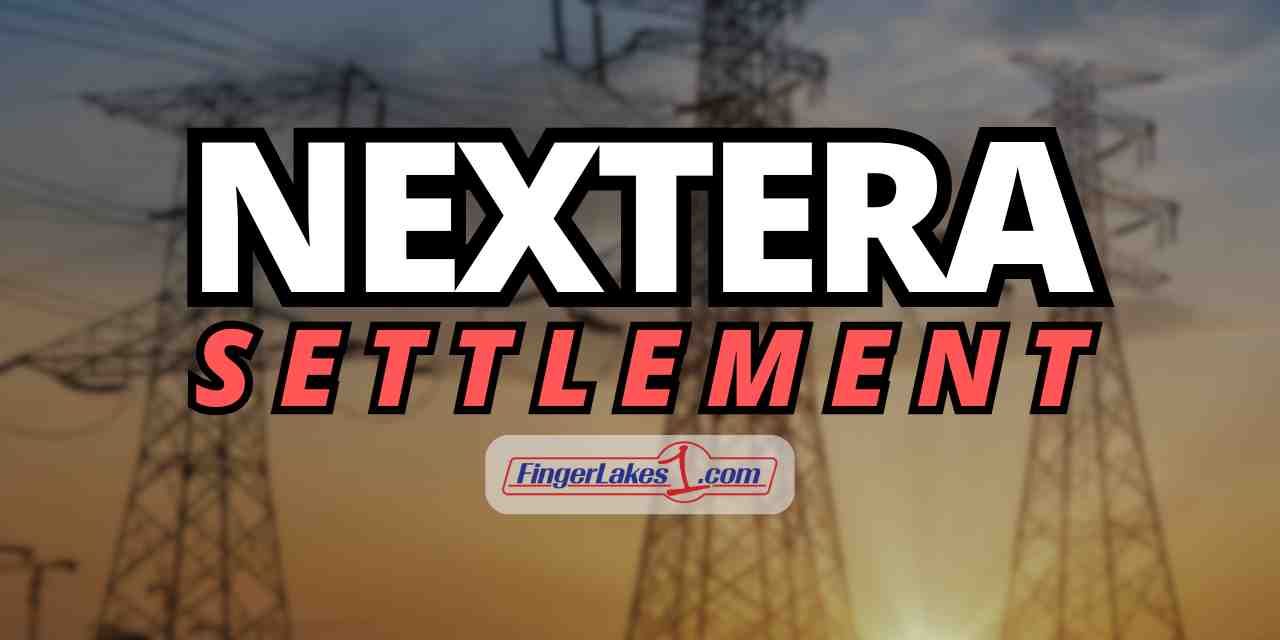
New York customers will see $13 million returned to their utility bills in 2026, following a settlement between NextEra Energy Transmission New York and a coalition of state utilities and regulators.
The agreement resolves concerns over questionable charges included in transmission rates for a project in Erie and Niagara Counties.
Utilities, regulators secure refund over disputed transmission charges
The New York State Public Service Commission, NYSEG, RG&E, and other utilities announced the settlement on June 3. It comes after a detailed review of operating and maintenance expenses billed by NextEra NY for a 20-mile transmission line.
The investigation found that NextEra included expenses for preparing transmission project proposals—costs that current rules never approved for recovery.
According to Alan Trotta, senior director at NYSEG and RG&E’s parent company Avangrid:
“We believe these were not recoverable costs under the New York Independent System Operator’s rules. This settlement helps ensure New York customers aren’t paying unnecessary fees.”
What the settlement includes
Under the agreement, NextEra NY will:
- Return $13 million to utilities, which will be passed on to consumers via lower charges.
- Halt the automatic inclusion of project proposal costs in future rates.
- Seek federal approval before attempting to recover such costs again.
The affected utilities include:
- NYSEG
- RG&E
- Central Hudson Gas & Electric
- Long Island Power Authority
- Municipal Electric Utilities Association of New York
- Niagara Mohawk Power Corporation
Joe Hally, VP of Regulatory Affairs at Central Hudson, said:
“We’re committed to protecting our customers’ dollars and working to keep delivery costs affordable and fair.”
When will customers see the refund?
Beginning in 2026, customer bills will reflect the refund in the transmission line item. While savings may vary by utility and usage, all impacted customers should see a benefit.
Why it matters
This settlement highlights the importance of transparent utility rate-setting and regulatory oversight. It also signals growing scrutiny on how transmission developers handle proposal-related expenses—especially as New York expands its grid and clean energy goals.

